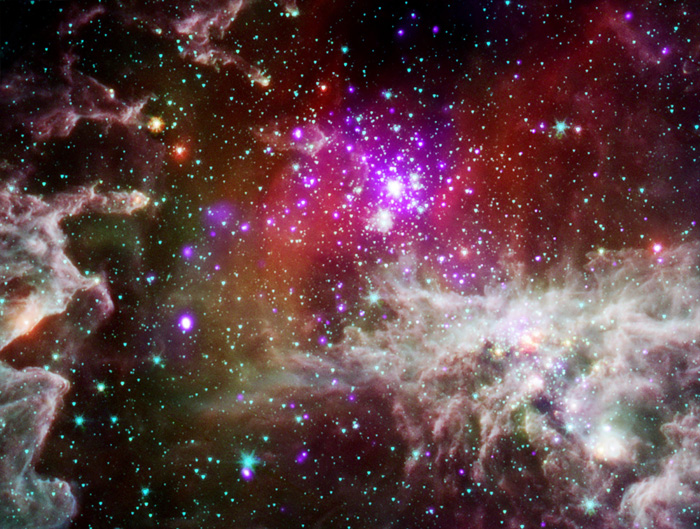Galaxies and Nebulae Stock Photography
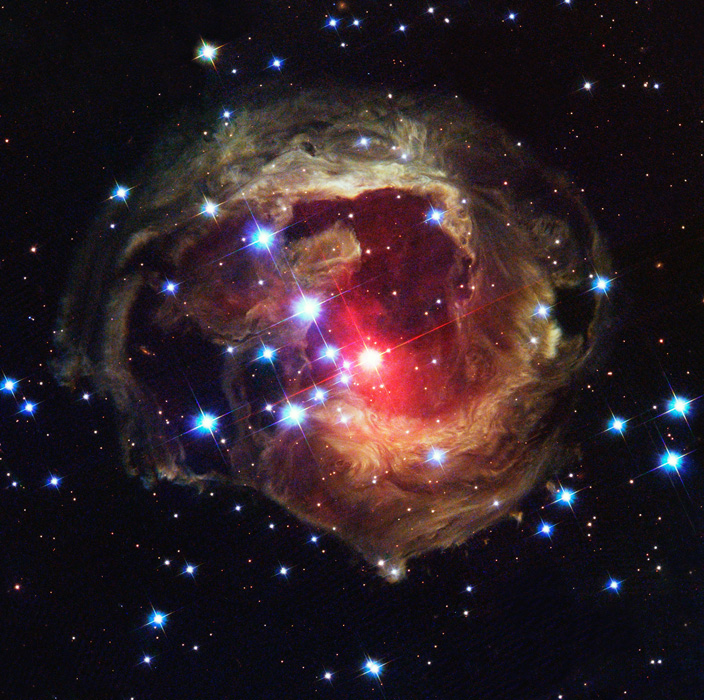
BZ7976 - Light echoes around the star V838 Monocerotis, Hubble Space Telescope image. Image taken in October 2004. © Science Source.
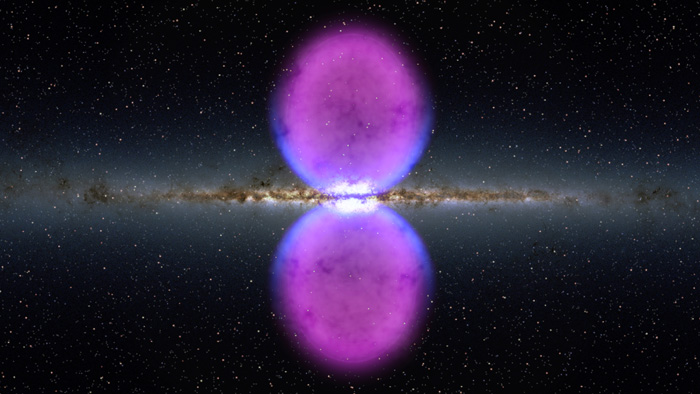
BY9871 - Gamma-ray emissions centered in the Milky Way. The "bubbles" span 50,000 light-years and may be the remnant of an eruption from a supersized black hole at the center of our galaxy. © Science Source
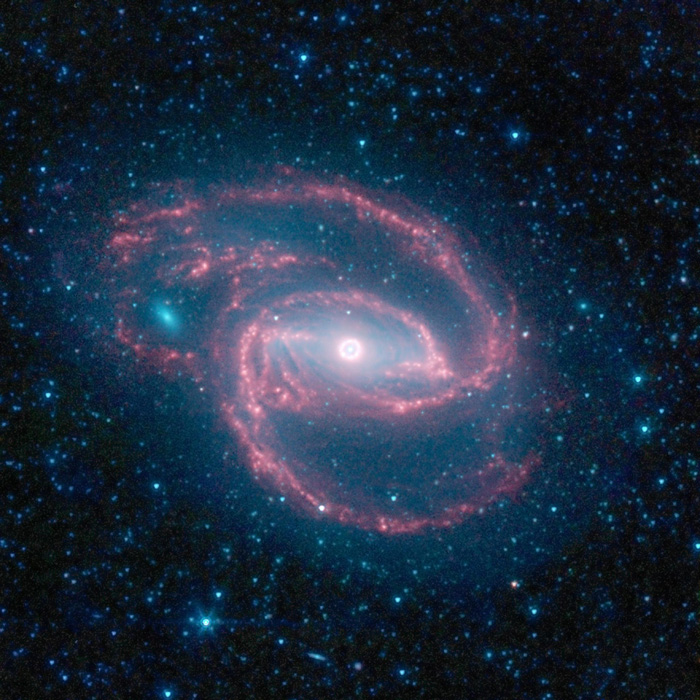
BV0059 - Galaxy NGC 1097, located 50 million light-years away from earth. It is spiral-shaped like our Milky Way, with long, spindly arms of stars. © Science Source
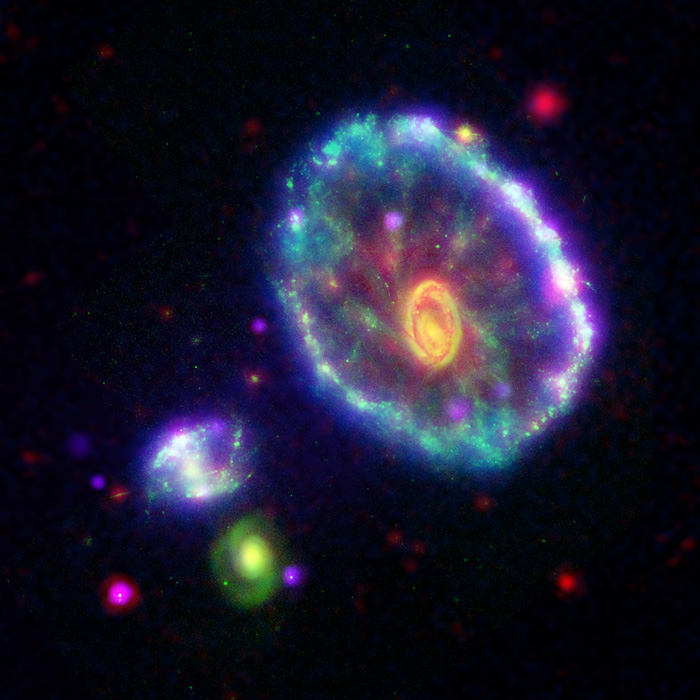
BV1307 - False-color, composite image of the Cartwheel galaxy as seen by different telescopes: the Galaxy Evolution Explorer's far ultraviolet detector (blue); the Hubble Space Telescope's wide field and planetary camera 2 in B-band visible light (green); the Spitzer Space Telescope's infrared array camera at 8 microns (red); and the Chandra X-ray Observatory's advanced CCD imaging spectrometer-S array instrument (purple).
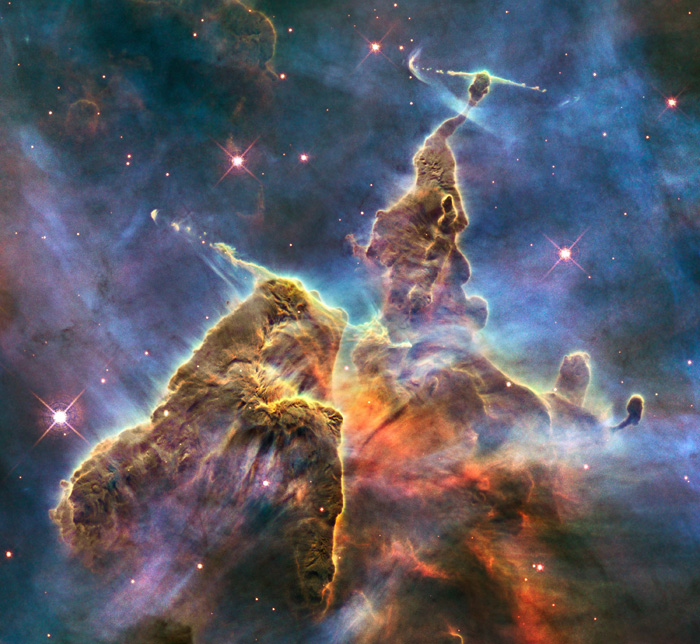
BY7578 - NASA/ESA Hubble Space Telescope image showing a pillar of gas and dust within the Carina Nebula, located 7500 light-years away in the southern constellation of Carina. © Science Source
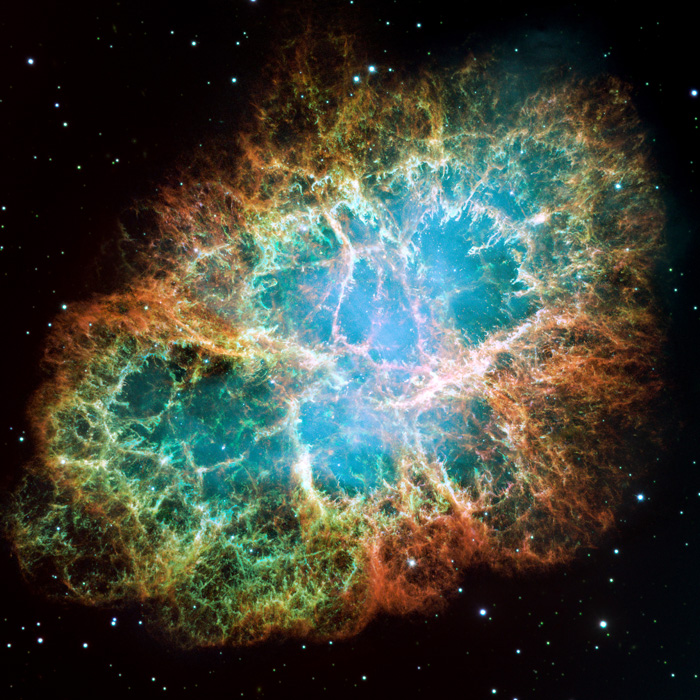
BY7549 - This image - assembled from 24 individual exposures taken with the NASA/ESA Hubble Space Telescope - gives the most detailed view so far of the entire Crab Nebula. © Science Source
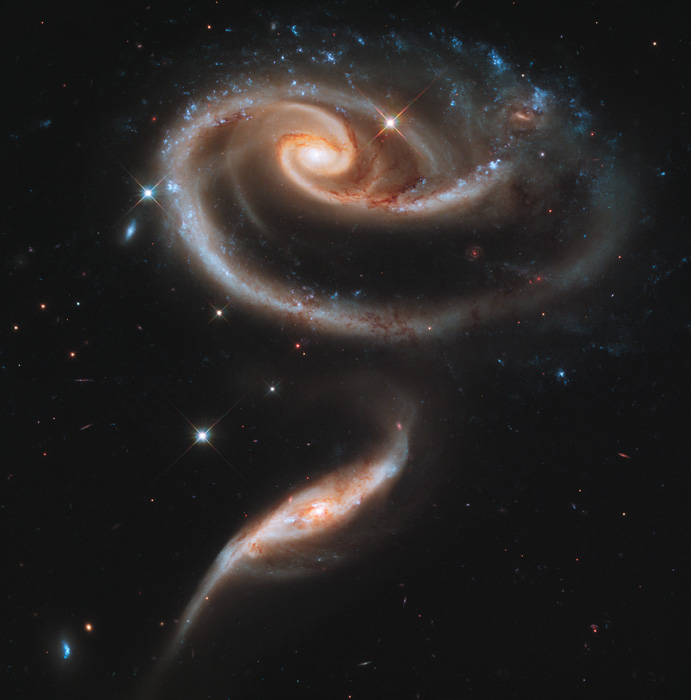
BY7585 - Pair of interacting galaxies called Arp 273, imaged by the NASA/ESA Hubble Space Telescope. The distorted shape of the larger of the two galaxies shows signs of tidal interactions with the smaller of the two. It is thought that the smaller galaxy has actually passed through the larger one. © Science Source
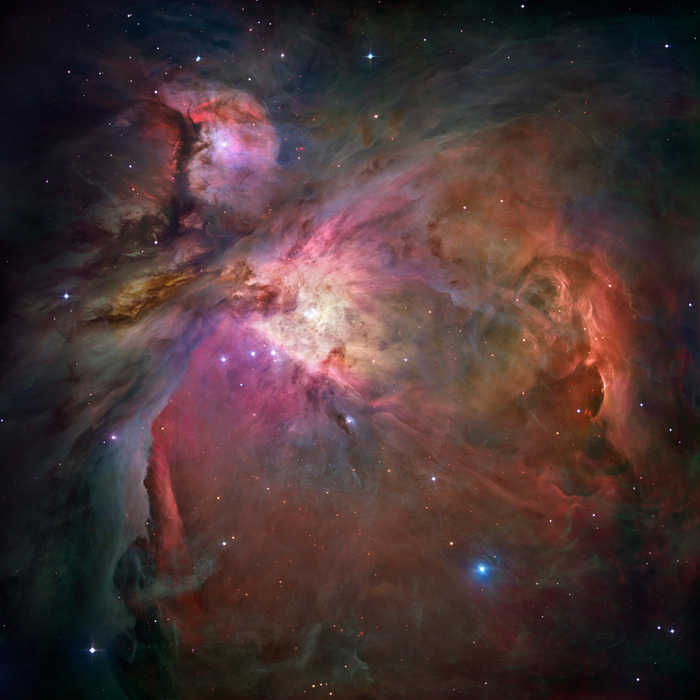
BY7550 - This image, taken by the Advanced Camera for Surveys (ACS) aboard NASA/ESA Hubble Space Telescope, represents the sharpest view ever taken of the Orion Nebula. The Orion Nebula is 1,500 light-years away, the nearest star-forming region to Earth. More than 3,000 stars of various sizes appear in this image. © Science Source
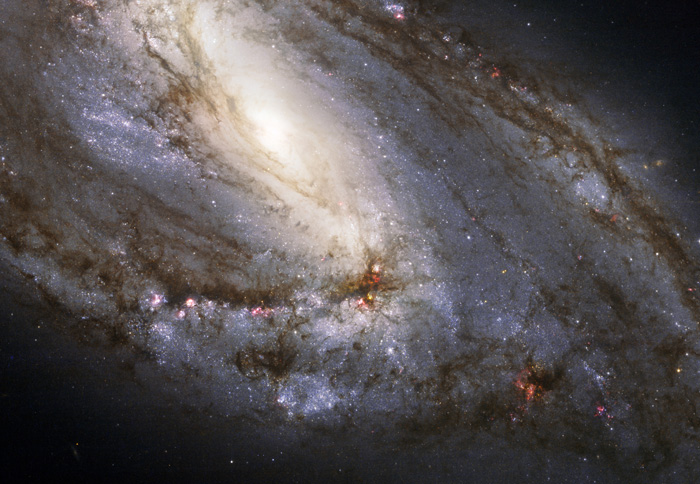
BY7577 - Hubble Space Telescope image of the unusual spiral galaxy, Messier 66, located at a distance of about 35 million light-years in the constellation of Leo. Together with Messier 65 and NGC 3628, Messier 66 is a member of the Leo Triplet, a trio of interacting spiral galaxies, part of the larger Messier 66 group. © Science Source
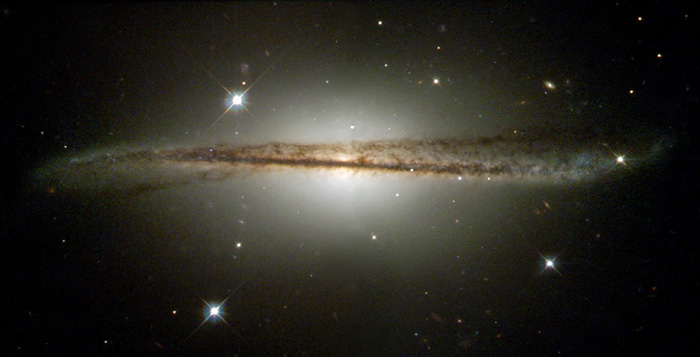
BY7602 - Hubble telescope image of ESO 510-G13. The arms of normal spiral galaxies, like our own Milky Way, appear flat when viewed edge-on. This galaxy, by contrast, has an unusual twisted disk structure, first seen in ground-based photographs. © Science Source
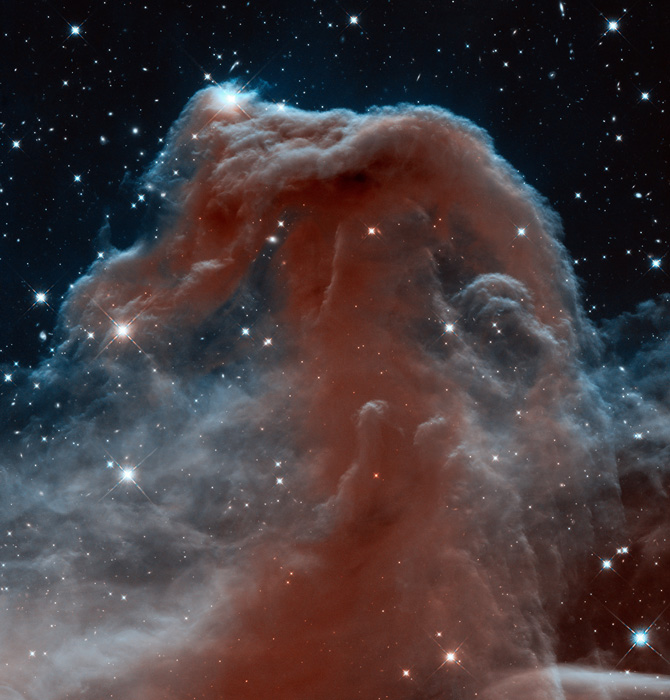
BY7599 - Hubble telescope image of the Horsehead Nebula (Barnard 33) in infrared light, which has longer wavelengths than visible light and can pierce through the dusty material that usually obscures the nebula's inner regions. The result is a rather ethereal and fragile-looking structure, made of delicate folds of gas - very different from the nebula's appearance in visible light. © Science Source
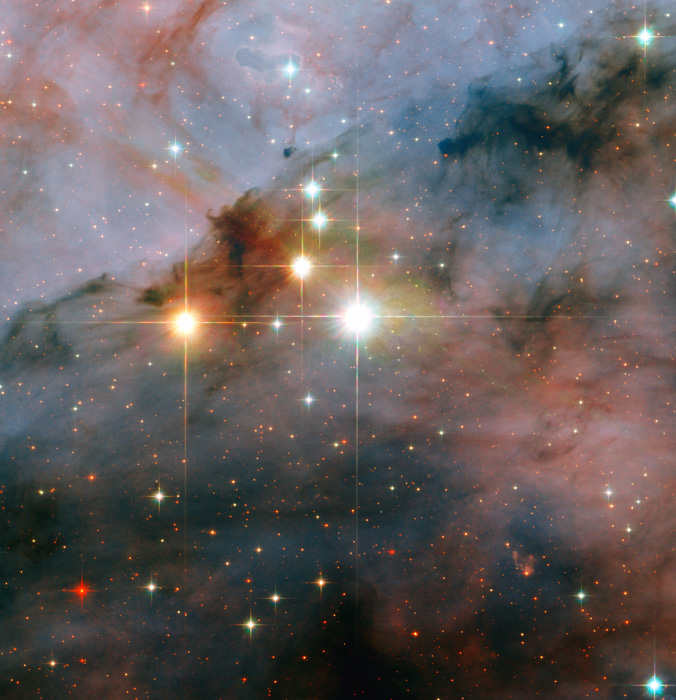
BY7567 - This Hubble Space Telescope image shows a pair of colossal stars, WR 25 and Tr16-244, located within the open cluster Trumpler 16 in the Carina Nebula. © Science Source
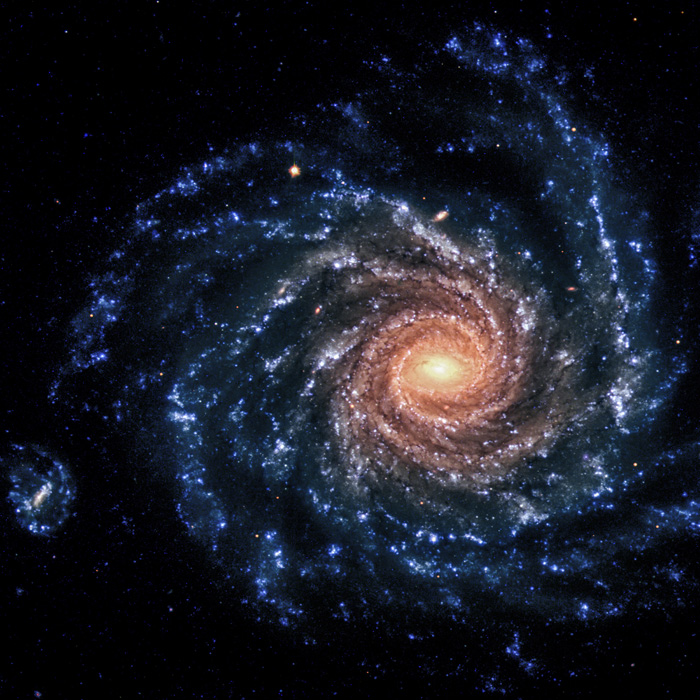
BY4568 - Optical image of spiral galaxy NGC 1232 captured with the European Southern Observatory's Very Large Telescope. © Science Source
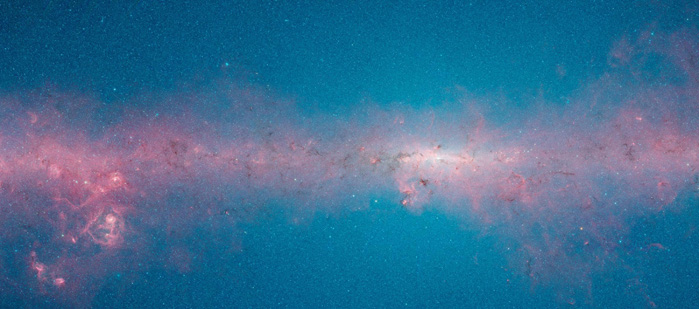
JA1758 - The center of the Milky Way galaxy as imaged by the Spitzer Space Telescope in infrared light. © Science Source
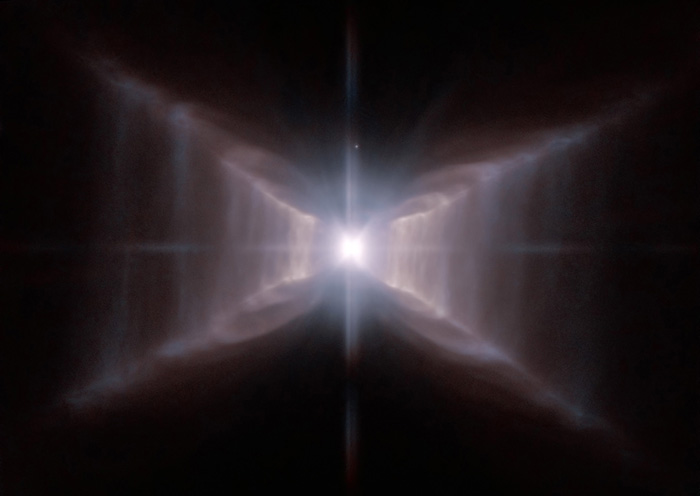
BY7619 - The star HD 44179 is surrounded by an extraordinary structure known as the Red Rectangle. This strikingly detailed new Hubble image reveals how, when seen from space, the nebula, rather than being rectangular, is shaped like an X with additional complex structures of spaced lines of glowing gas. © Science Source
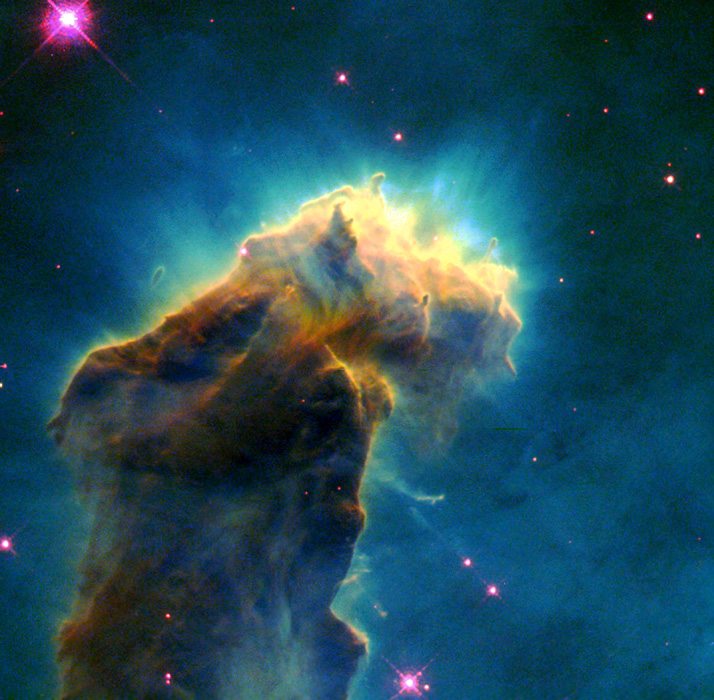
JA1735 - Hubble Space Telescope image showing dark pillars of dense molecular hydrogen and dust in the Eagle Nebula (M16). © Science Source

JA1740 - Hubble Space Telescope image of part of NGC 2174, also known as the Monkey Head Nebula. © Science Source
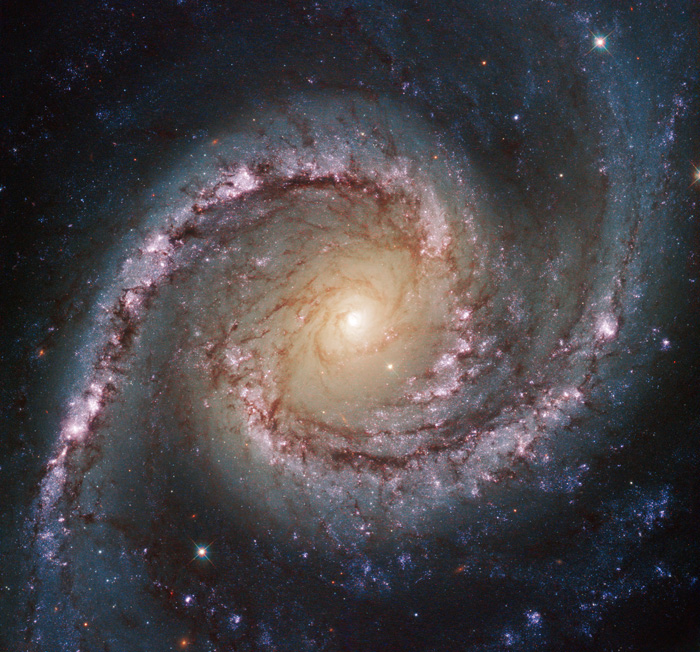
JA5250 - Hubble image of NGC 1566, an intermediate spiral galaxy located approximately 40 million light-years away in the constellation of Dorado (The Dolphinfish). © Science Source
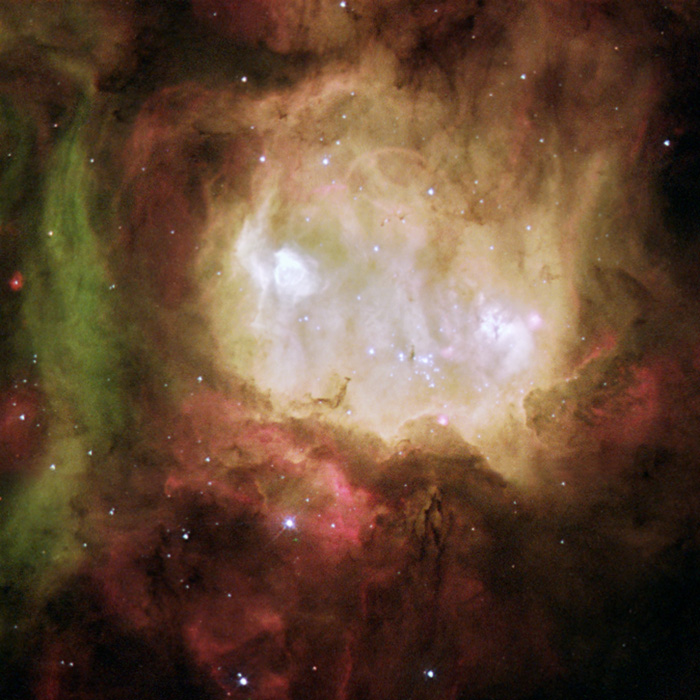
BY7534 - Hubble Space Telescope image of the 'Ghost Head Nebula' (NGC 2080), one of a chain of star-forming regions lying south of the 30 Doradus nebula in the Large Magellanic Cloud. © Science Source
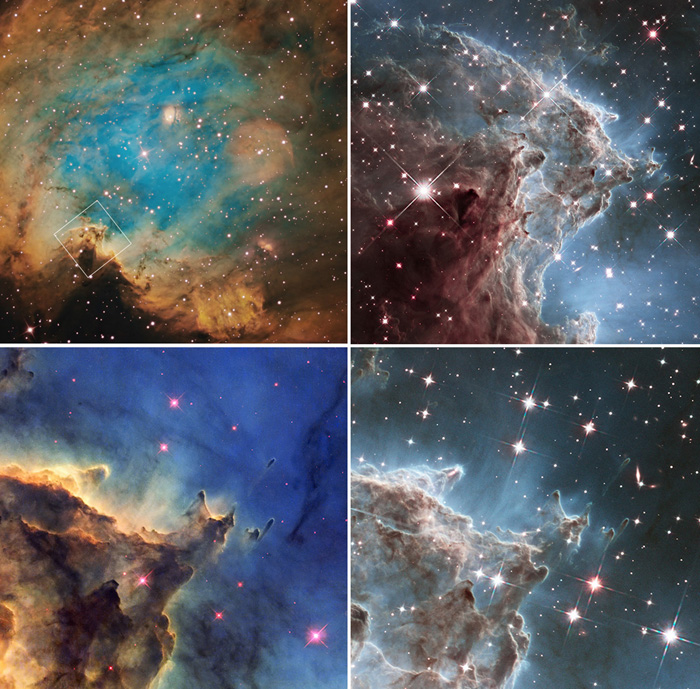
JA0307 - NASA/ESA Hubble Space Telescope images of part of NGC 2174, also known as the Monkey Head Nebula. © Science Source
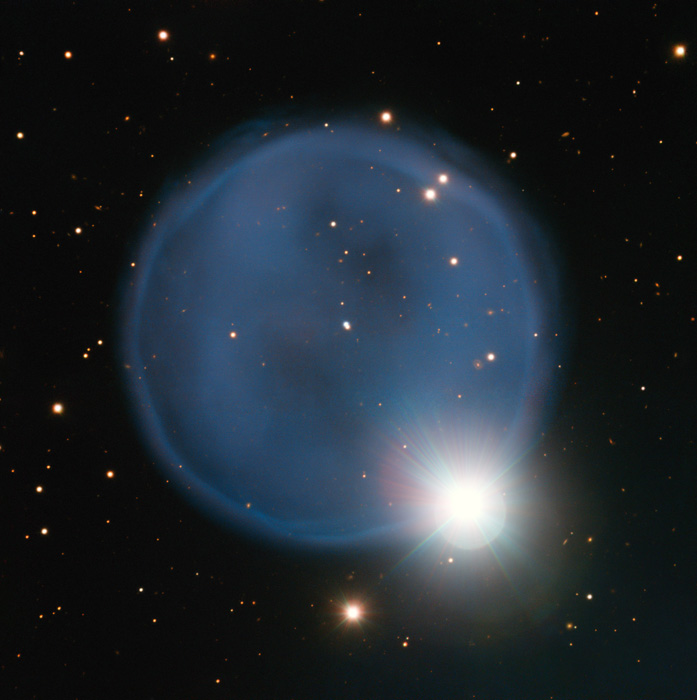
JA5219 - The unusually symmetrical blue bubble of planetary nebula Abell 33, imaged with the Very Large Telescope in Chile. © Science Source
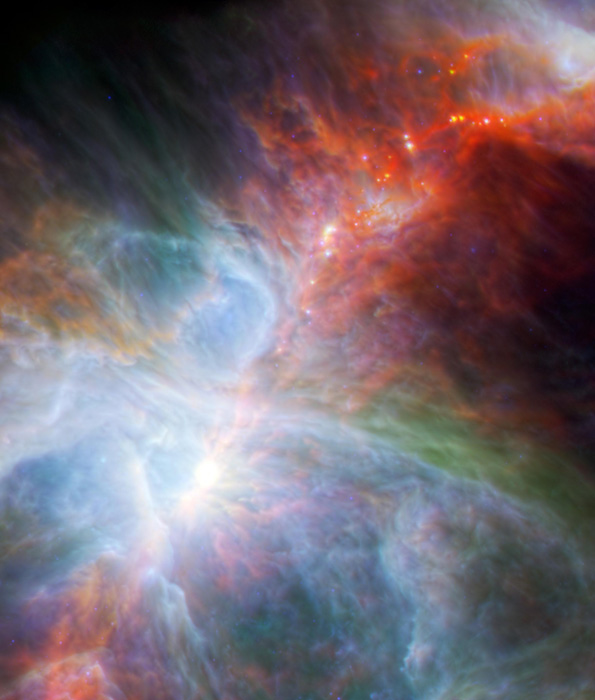
JA1750 - View of the Orion nebula, showing fledgling stars hidden in the gas and clouds. Infrared observations taken by NASA's Spitzer Space Telescope and the European Space Agency's Herschel mission. © Science Source
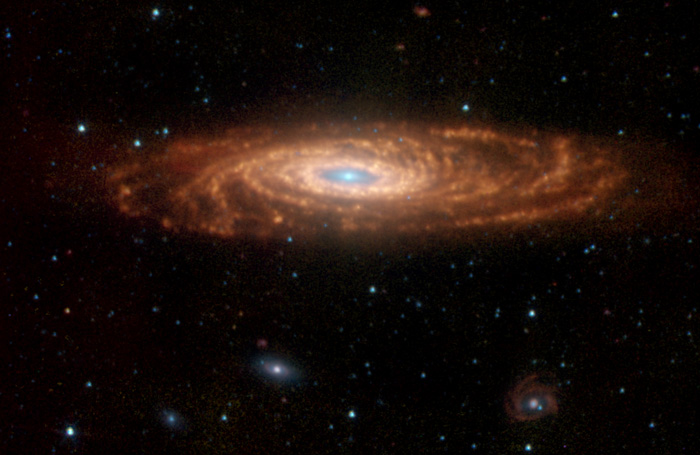
BV0031 - Spiral galaxy NGC 733, sometimes referred to as our galaxy's twin, is found in the constellation Pegasus at a distance of 50 million light-years. The image was obtained with the Spitzer Telescope's infrared array camera. © Science Source

BY7571 - NASA/ESA Hubble Space Telescope image of NGC 6302, more popularly called the Bug Nebula or the Butterfly Nebula. It lies within our Milky Way galaxy, roughly 3800 light-years away in the constellation of Scorpius. © Science Source
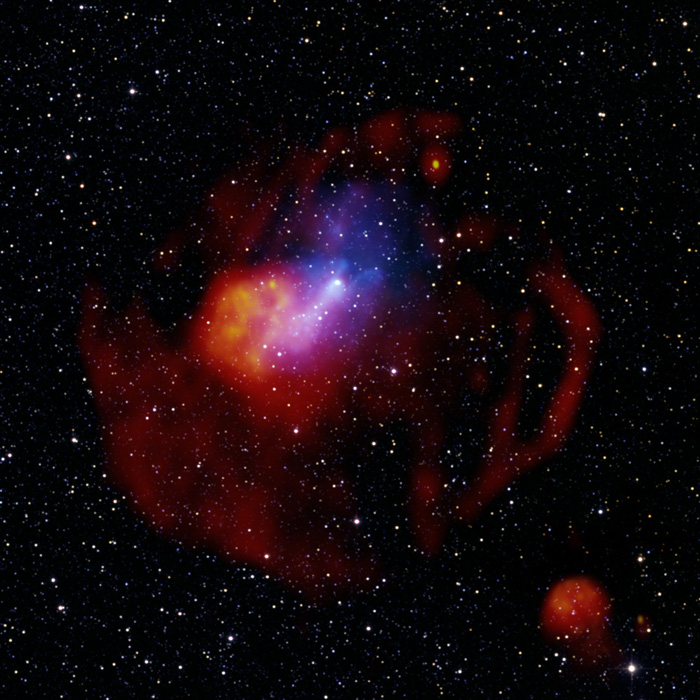
BZ0709 - Pulsar wind nebula G327.1-1.1 is the aftermath of a massive star that exploded as a supernova in the Milky Way galaxy. Composite image made up of X-rays by Chandra and XMM-Newton (blue) as well as in radio data (red and yellow). © Science Source
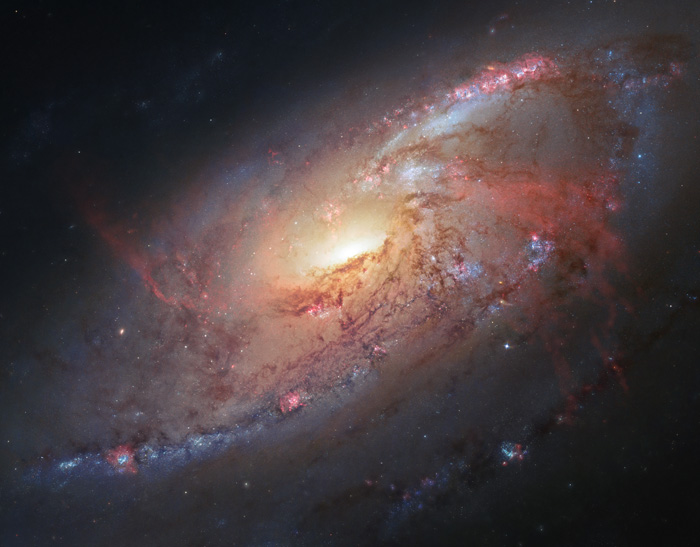
BY7596 - This image combines Hubble observations of spiral galaxy M106 with additional information captured by amateur astronomers Robert Gendler and Jay GaBany. M106 is a relatively nearby spiral galaxy, a little over 20 million light-years away. © Science Source
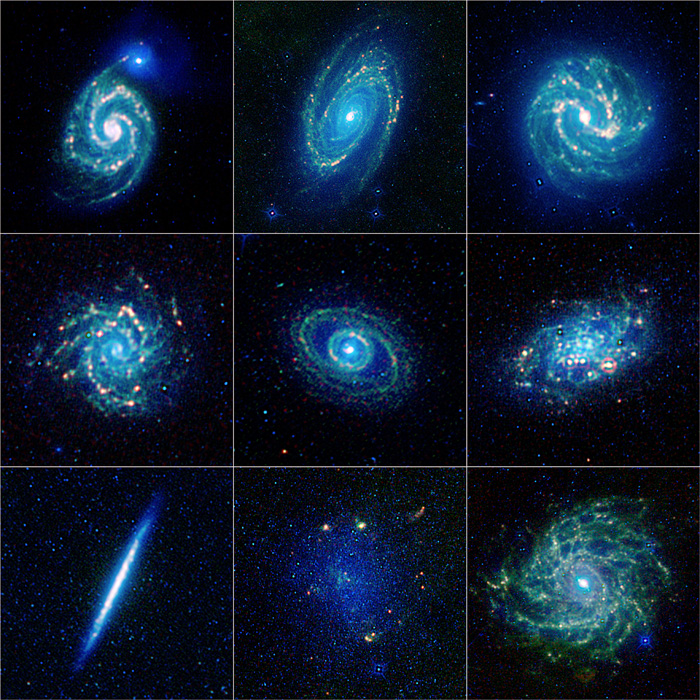
BV1299 - A colorful collection of galaxy specimens from the Wide-field Infrared Survey Explorer (WISE) mission, showcasing galaxies of several types, from elegant grand design spirals to more patchy flocculent spirals. © Science Source
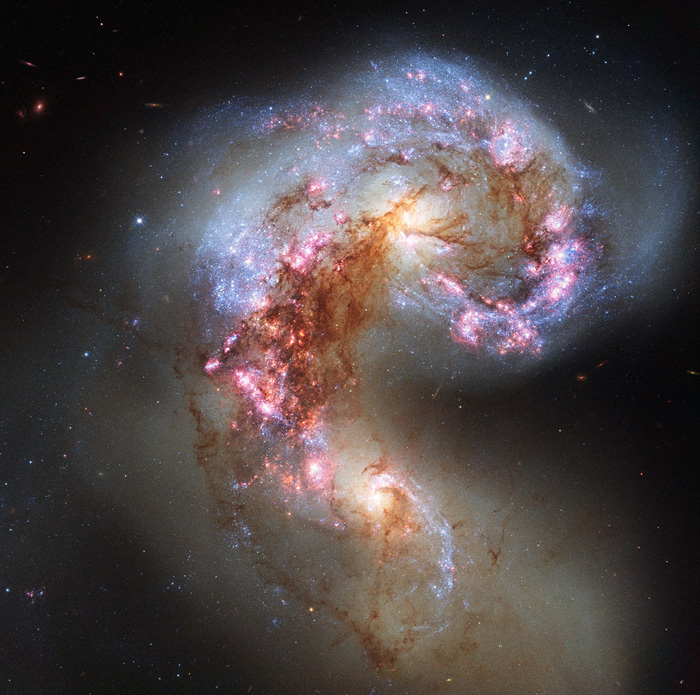
BZ5523 - NASA/ESA Hubble Space Telescope image of the interlocking Antennae Galaxies, also known as NGC 4038 and NGC 4039. © Science Source
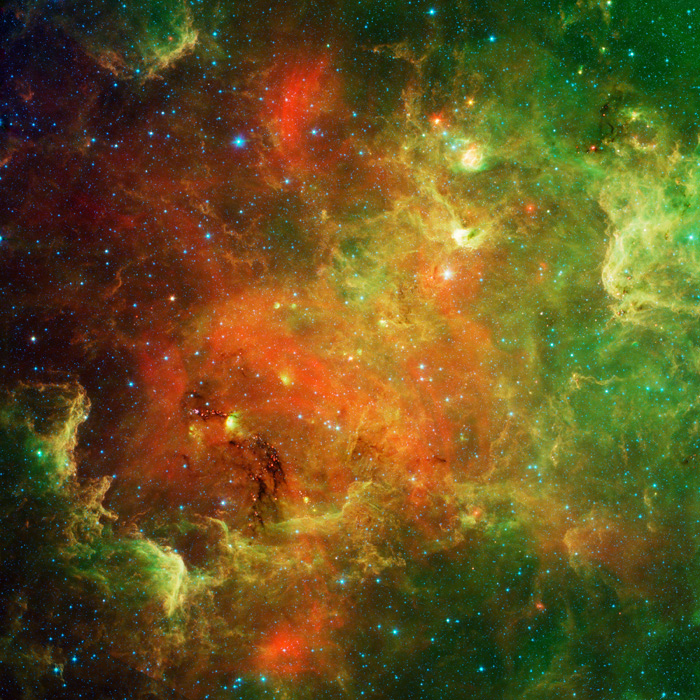
BT7538 - Clusters of young stars (about one million years old) are scattered throughout this infrared image of the North America nebula, captured by NASA's Spritzer Space Telescope. (In visible light, the nebula bears a strong resemblance to the North American continent.) © Science Source








